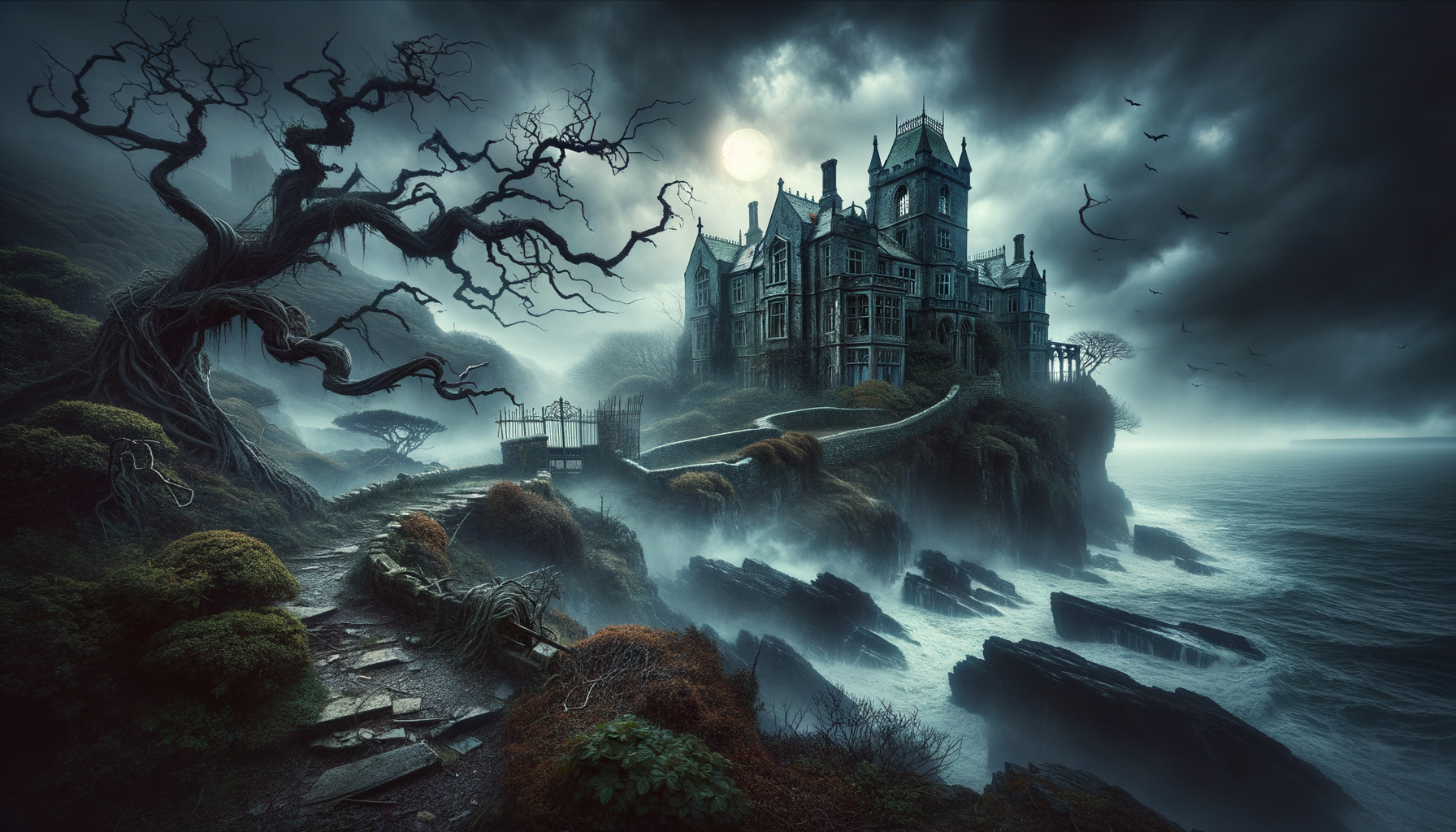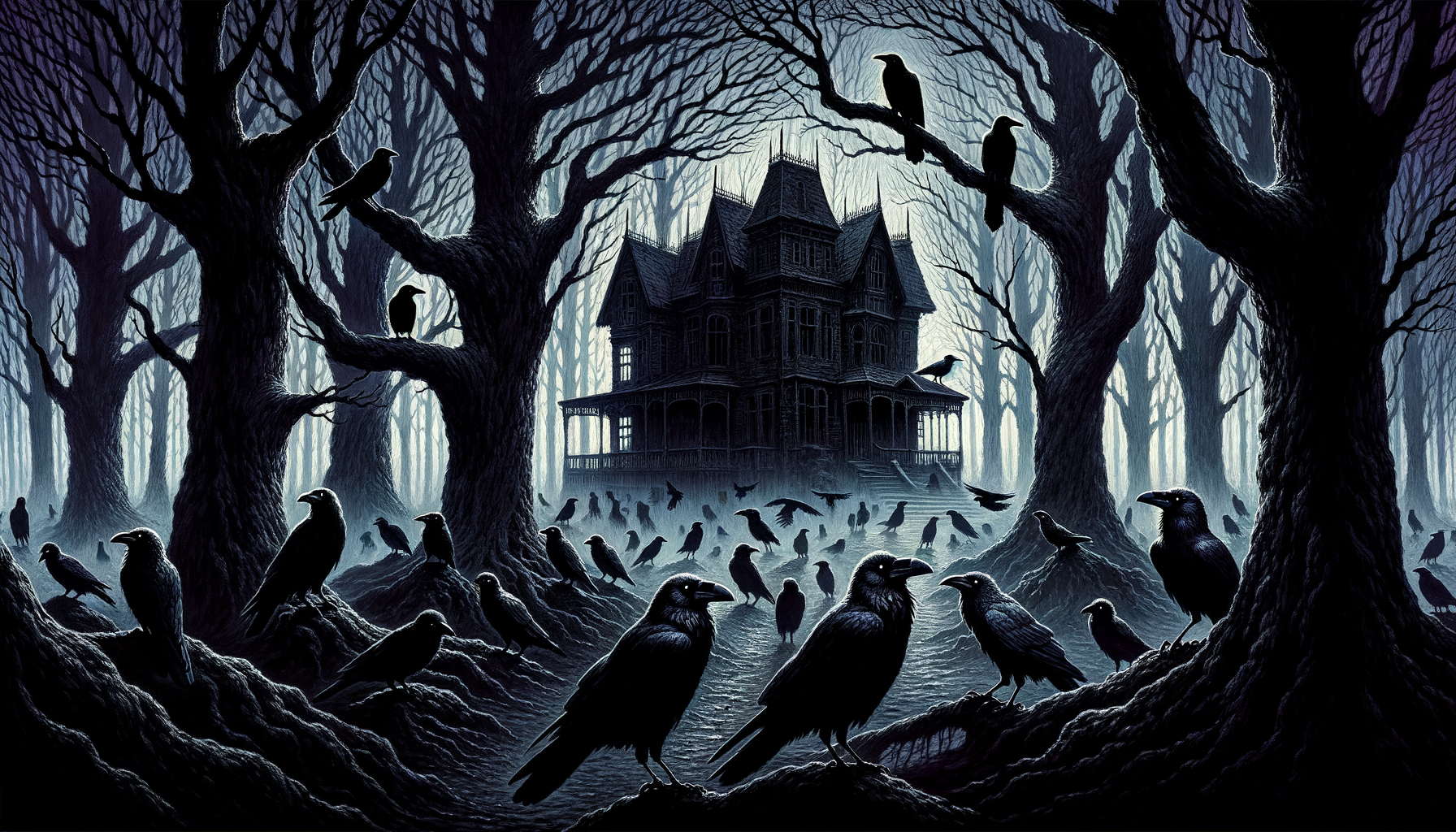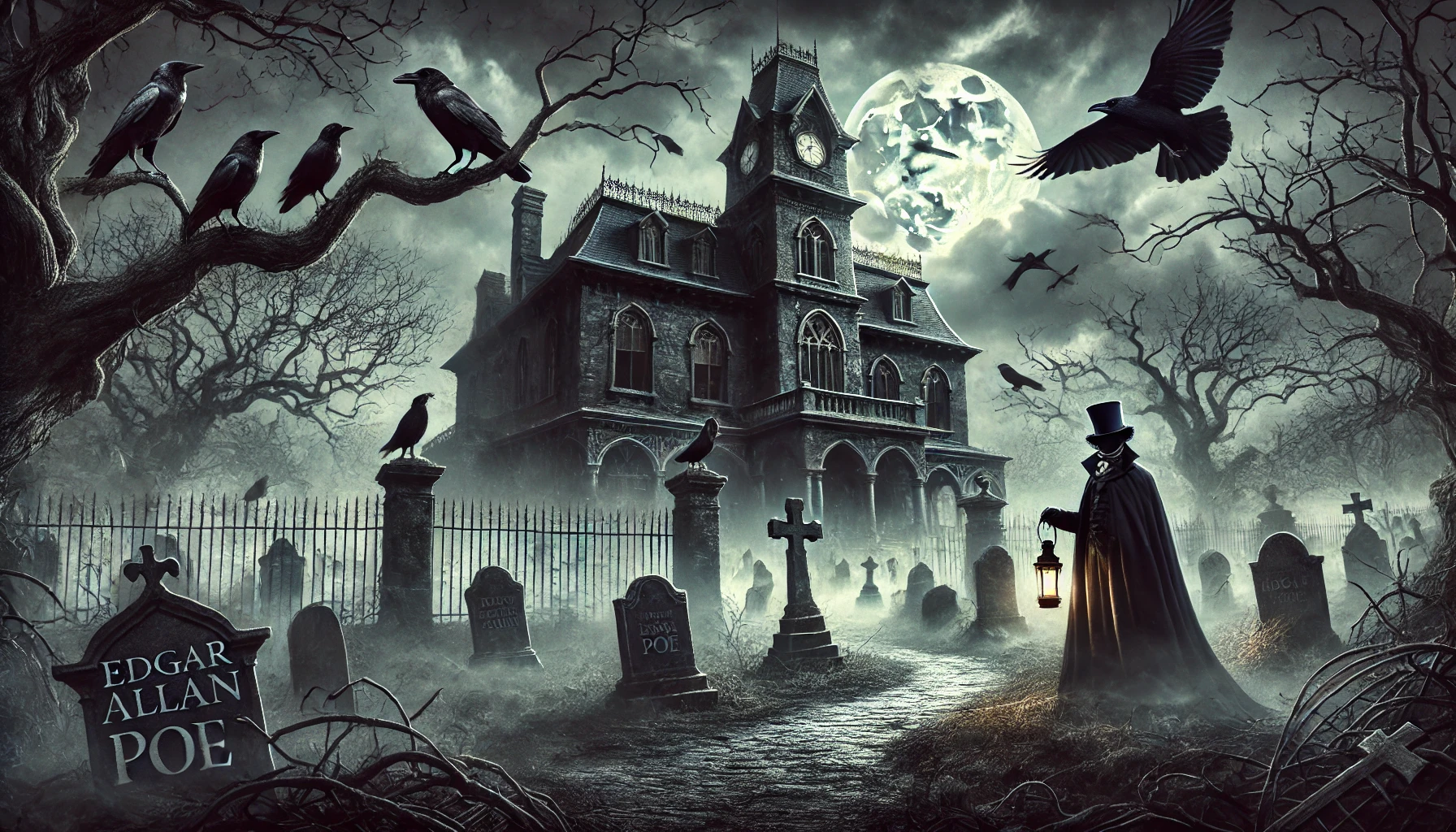Take a journey through the eerie and captivating landscapes of Daphne du Maurier’s novels—settings that pulse with Gothic horror! From mysterious mansions to haunted moors, du Maurier’s skill in constructing atmospheric tension is unmatched. But what exactly makes her settings so spine-tingling? With her ability to weave the sinister with the mundane, du Maurier draws readers into worlds that are both familiar and profoundly unsettling. Did you know that her novel “Rebecca,” with its haunting Manderley, still stands as a pinnacle of Gothic literature? Let’s dive in and dissect the elements that make du Maurier’s settings legendary in the realm of Gothic horror.
Elements of Gothic Architecture in Du Maurier’s Novels
Mysterious Mansions and Castles
When we dive into Daphne du Maurier’s novels, one of the most striking features is her use of architecture to set the mood and drive the narrative. Take Manderley from “Rebecca,” for example. This grand mansion isn’t just a backdrop; it’s a character in its own right. The sprawling estate, with its labyrinthine corridors and imposing facade, contributes significantly to the story’s suspense. Every creak of the floorboards and shadowy corner adds to the tension, making readers feel as though they are wandering through the mansion themselves.
Hidden Passageways and Secret Rooms
Du Maurier masterfully uses hidden passageways and secret rooms to enhance the sense of mystery and fear. These architectural elements serve as physical manifestations of the secrets and lies that permeate her stories. The discovery of a concealed room or a hidden passage often coincides with a revelation in the plot, heightening the reader’s sense of anticipation and dread. It’s as if the walls themselves are whispering secrets, urging you to uncover the truth.
Decay and Ruin
The theme of decay and ruin is another hallmark of du Maurier’s gothic settings. Dilapidated structures are not just background scenery; they are rich with metaphorical significance. They often symbolize the decay of relationships, the passage of time, or the inevitable decline of the characters’ fortunes. These crumbling edifices evoke a sense of melancholy and foreboding, reminding readers that nothing lasts forever, and that beauty and grandeur are fleeting.
The Role of Nature and Landscape in Creating Atmosphere
Haunted Moors and Cliffs
Nature plays a crucial role in du Maurier’s storytelling, often serving as an extension of the characters’ emotional landscapes. The haunted moors and treacherous cliffs that frequently appear in her novels evoke a sense of isolation and danger. These natural settings are as much a part of the gothic atmosphere as the architecture, enveloping the characters in a world that is both beautiful and terrifying.
Weather as a Mood Setter
Weather is another tool du Maurier uses to build tension and set the mood. Fog, storms, and rain are not mere background details; they are active participants in the narrative. A sudden storm can mirror a character’s inner turmoil, while a thick fog can obscure the truth, adding layers of complexity to the story. These weather elements serve to heighten the emotional stakes, making the reader feel the characters’ anxiety and fear.
Symbolic Use of Nature
Du Maurier also employs nature symbolically to reflect inner turmoil and evil. The natural environment often mirrors the psychological states of her characters. For instance, a stormy sea might represent chaos and conflict, while a serene landscape could symbolize a fleeting moment of peace. This symbolic use of nature adds depth to her storytelling, making the external world a reflection of the internal one.
Psychological Elements in Gothic Settings
The Uncanny and the Familiar
One of the most compelling aspects of du Maurier’s gothic settings is how she blurs the lines between the familiar and the terrifying. This sense of the uncanny makes ordinary places and objects seem eerie and unsettling. It’s a psychological trick that keeps readers on edge, making them question what is real and what is imagined.
Atmospheric Tension
Du Maurier’s ability to evoke a sense of dread and anticipation is unparalleled. She uses a variety of techniques to create atmospheric tension, from the detailed descriptions of settings to the pacing of the plot. This tension keeps readers hooked, making them feel as though something sinister is always lurking just out of sight.
Isolation and Entrapment
Themes of isolation and entrapment are prevalent in du Maurier’s work, both physically and psychologically. Characters often find themselves trapped in confining spaces or isolated from the rest of the world. This sense of entrapment heightens the emotional stakes, making the characters’ struggles and fears more palpable.
Influence of Historical and Cultural Context
Post-War Anxieties
The settings in du Maurier’s novels often reflect the uncertainties and anxieties of the post-war era. The sense of instability and the fear of the unknown permeate her stories, making them resonate with readers who lived through those tumultuous times. This historical context adds another layer of depth to her work, making the settings feel both timeless and deeply rooted in their era.
Cornish Roots and Local Legends
Du Maurier’s residence in Cornwall had a significant influence on her settings. The rugged landscapes, local legends, and maritime culture of Cornwall are vividly brought to life in her novels. These elements add authenticity to her stories, grounding the gothic atmosphere in a real, tangible place.
Victorian Influences
Du Maurier borrows elements from classic Victorian Gothic literature but innovates them to suit her own narrative style. She takes the dark, brooding atmospheres and the themes of madness and decay that are characteristic of Victorian Gothic and infuses them with her unique voice. This blend of old and new creates a fresh take on the gothic genre, making her work stand out in the literary canon.
By weaving these elements together, Daphne du Maurier creates richly textured settings that are as haunting and complex as the characters who inhabit them. Her mastery of gothic architecture, nature, psychological elements, and historical context makes her novels enduring classics that continue to captivate readers.
Conclusion
By intertwining architecture, nature, and psychological depth, Daphne du Maurier has masterfully crafted settings that linger in the reader’s mind long after the last page is turned. Her Gothic landscapes are far more than mere backdrops; they are integral to the very essence of her storytelling. Have you felt the chill of Manderley’s halls or the isolation of the Cornish moors? Dive into du Maurier’s world and let the eerie ambiance envelop you. Ready for your next Gothic escape? Pick up a du Maurier novel and experience it firsthand!




